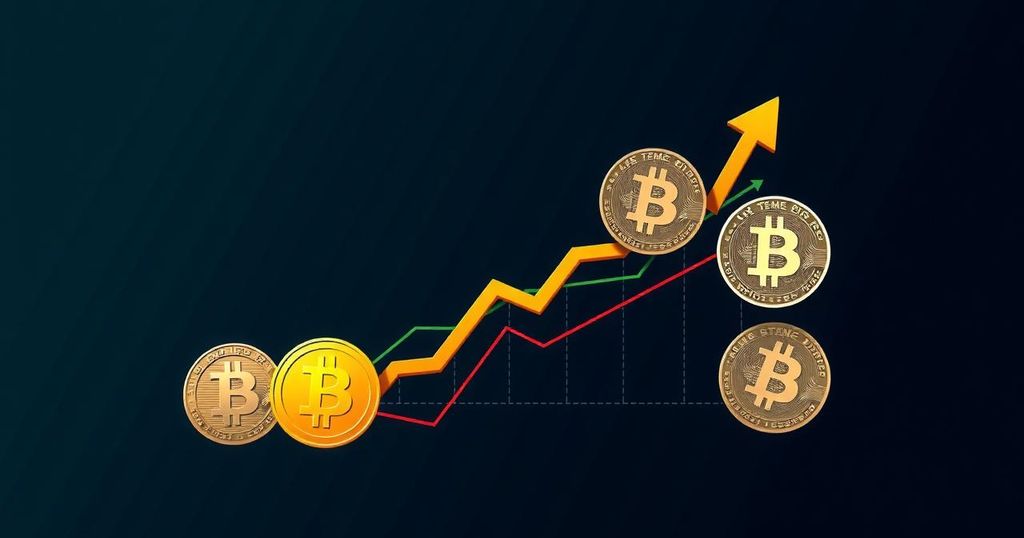Bitcoin and Altcoins Experience Gains Amid Weak Employment Data and Anticipated Rate Cuts
On September 6, 2023, the prices of Bitcoin and various altcoins experienced a modest increase following the release of weaker-than-expected nonfarm payroll (NFP) data from the United States. Bitcoin (BTC) appreciated to $56,500, while Ethereum (ETH) climbed to $2,400, signaling a positive response from the cryptocurrency market.
The Bureau of Labor Statistics reported that the economy added only 142,000 jobs in August, falling short of the anticipated median estimate of 164,000 jobs. Additionally, the previous month’s job growth figure was adjusted downwards from 114,000 to 86,000. Notably, an earlier report released by ADP on September 5 indicated that the private sector had generated merely 99,000 jobs in August. While the unemployment rate slightly decreased from 4.3% to 4.2%, average hourly earnings rose by 3.8%, reflecting some wage pressures in the labor market.
These statistics underscore ongoing challenges within the labor market, particularly as companies are increasingly apprehensive about economic conditions. The manufacturing sector has demonstrated signs of distress, evidenced by reports from the Institute of Supply Management and S&P Global, which indicated a continuation of contraction within this key industry. Accordingly, the BLS further revealed that approximately 24,000 positions within the manufacturing sector were shed during August.
The implications of the NFP data suggest that the Federal Reserve may consider a significant reduction in interest rates at its forthcoming meeting scheduled for September 18. Analysts are speculating about the possibility of a substantial rate cut of 0.50%, a sentiment reflected in the decline of government bond yields, with the 10-year yield retreating to 3.75% and the 30-year yield falling to 3.9%.
Historically, the correlation between interest rate adjustments and the performance of cryptocurrencies has been observed. Riskier assets, such as cryptocurrencies, tend to flourish in low-interest-rate environments. A notable instance occurred in 2018 when the Federal Reserve hiked rates from 1.25% in March to 2.50% in December, culminating in a dramatic decrease of over 84% in Bitcoin’s value during this period. Conversely, Bitcoin demonstrated impressive resilience, rebounding by over 350% in 2019 as the Fed enacted a rate cut of 0.75%. This trend was mirrored in 2020 as the onset of the pandemic prompted the Federal Reserve to lower rates to zero, leading Bitcoin to attain a record high of $69,000 before experiencing a downturn in 2022 when rates were increased.
This trend may be attributed to the heightened risk appetite exhibited by investors during low-interest-rate periods. Should the Federal Reserve proceed with lowering interest rates, there may be a reallocation of capital from money market funds, with investors potentially channeling funds into higher-risk assets, including equities and cryptocurrencies.
However, it is essential to recognize the potential for Bitcoin and other cryptocurrencies to experience a decline, particularly if the anticipated rate cut has already been factored into market valuations. Such dynamics present an intricate landscape for cryptocurrency investors as they seek to navigate the evolving economic context and monetary policy decisions ahead.








Post Comment